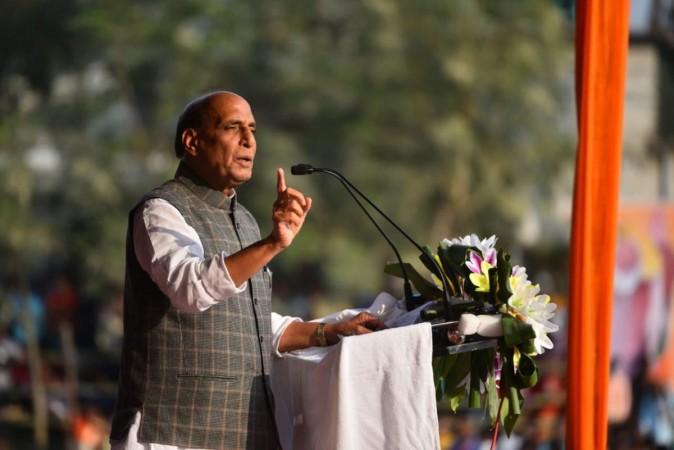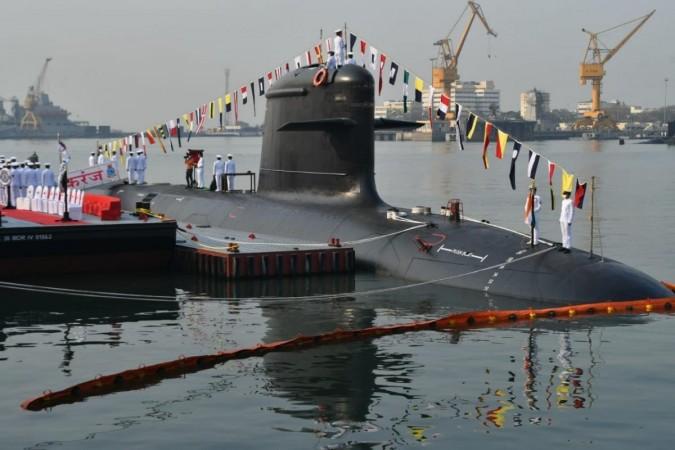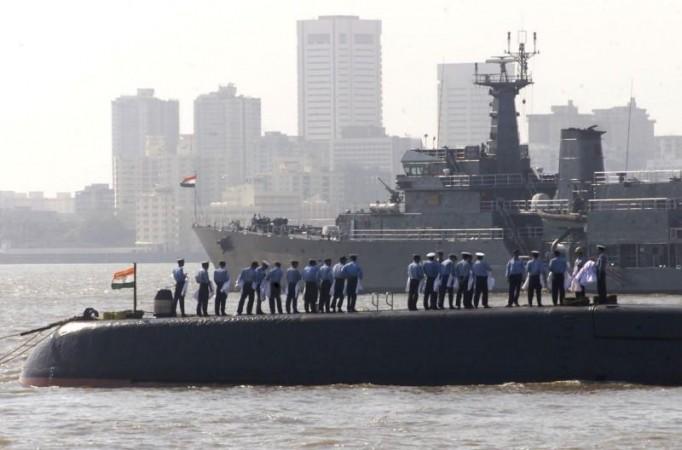Indian Navy rescuers on Thursday started searching for an Indonesian submarine that went missing with 53 people on board in waters north of the island of Bali.
The Indian Navy's Deep Submergence Rescue Vessel (DSRV) departed from Visakhapatnam to support the Indonesian Navy in Search and Rescue efforts for KRI Nanggala on Thursday.
On April 21, an alert was received by the Indian Navy through the International Submarine Escape and Rescue Liaison Office (ISMERLO), regarding the missing Indonesian submarine. The submarine was exercising in a location 25 miles North of Bali with a crew of 53 personnel.
India extends full support
Defence Minister of India Rajnath Singh discussed the issue of the missing submarine with Defence Minister of Indonesia, General Prabowo Subianto over the phone and assured of India's full support to the ongoing Indonesian rescue efforts.

"I have already directed the Indian Navy to move its Deep Submergence Rescue Vessel (DSRV) to Indonesia. I have also tasked the Indian Air Force to see the feasibility of induction of the DSRV intervention system by air," Rajnath Singh said in a tweet.
India's DSRV to join op
In the South East Asian region, only India has deep submergence rescue capabilities and the DSRV can carry out rescue operations in deep waters.
The DSRV can recover submarine crews from depths up to 1000 m and it is equipped with sonar and a Remotely Operated Vehicle to clear the underwater obstructions for the rescue operations. The DSRV can be transported to the area of operations by air or sea routes.
This system has a side scan sonar for locating the position of the submarine in distress at sea, providing immediate relief by way of posting Emergency Life Support Containers with the help of Remotely Operated Vehicle (ROV) and thereafter rescuing the crew of the submarine using the DSRV.

In a submarine accident, rapidity of response is most crucial to safety of life. "To ensure early mobilisation, the System has been procured in a flyaway configuration which permits rapid transportation of the Rescue System from the base to the exact location of the distressed submarine by transportation using air/land/sea vessels," the Indian Navy stated.
The DSRV is the latest in terms of technology and capabilities. Live undersea matings with different types of submarines along with transfer of personnel from submarine to DSRV has also been achieved.

The Indonesian Defence Ministry had sought assistance on Wednesday from Australia, Singapore and India in the search and rescue operation of the 44-year-old submarine, KRI Nanggala-402.
The submarine was conducting a torpedo drill when it went missing. Contact with the vessel was lost at 4.30 a.m. on Wednesday, the Indonesia military said. The submarine was built to sustain pressure at a maximum depth of around 250 metres.
The Indonesian Navy in a statement said, "It is possible that during static diving, a blackout occurred so control was lost and emergency procedures cannot be carried out and the ship falls to a depth of 600-700 metres."














